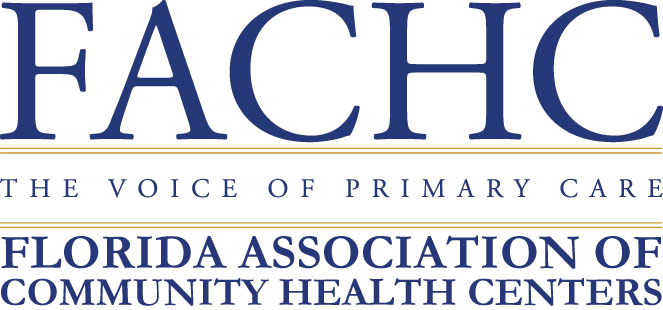Third in a Series: Unhealthy Major Gift Practices

I have seen a lot of crazy organizational structures in my 40 years of working in fundraising. And I could go into a long monologue on each example to illustrate what I mean – but that would be a waste of your time.
It’s better to focus here on why this happens, and what the solution is.
Many non-functional organizational charts are created because of one or more of these reasons:
- Political Considerations — James is so powerful and so threatening to the authority figures that they can’t do the right thing with James and change things to have him reporting where he should. No. He gets a special place. (Or some version of this.)
- Loyalty Factors — The authority figure or manager has worked with Anne for over 17 years and they are good friends, so “we just need to make a place for her.”
- Talent Skill Sets — Aaron is so good at “these things” that it just makes sense to put him in charge of areas he knows nothing about.
You’ve probably seen one of more of these dynamics operating in the organizations you have worked for. It’s crazy, isn’t it?
Just yesterday I was having a conversation with a colleague who works for an organization in the northwestern United States. He was telling me about this person who controls all the important decisions in HIS area because of the political power she is allowed to exercise. This is nuts.
Instead of doing the right thing for the organization AND the people, many managers and leaders create these monsters that inevitably turn on them and cause a great deal of chaos and dysfunction.
In all my years of management, I have tried to do the right and logical thing in the organizations I have created and managed, because the right thing is what makes it work. And I have faced some pretty difficult political, loyalty and talent decisions in my career.
But here is how I have thought about those decisions.
If the person who is affected by my decision to do the right thing is offended and put off, and gets destructive, then they have shown that they do not belong in the organization. And that is an easier decision to make. It is often heartbreaking, for sure. But when politics, loyalty,
So what is the right way to think about how major gifts work relates the organization as a whole?
It is summed up in one fairly easy statement: have your organization mirror the major gift pipeline. Here is a rough sketch of what the pipeline looks like:

Note below (with some exceptions) that the first part of the pipeline is mostly direct marketing strategies. As you move through the pipeline, the media and methods used become more personal. This is important to note as you organize because you should not put a personal media person reporting into a direct marketing person.

Now, accepting the structure above, you can zero-base your whole chart and start with the fact that there are two types of donors: individual donors and institutional donors. Organize along those lines.
It could be that you have one person in charge of the entire individual pipeline and another in charge of the institutional(Government, Foundations, Corporations/Business, Other Orgs) pipeline.
Then answer the following questions for each of them:
- Who is terminally responsible for acquiring donors?
- Then, who takes it from there to steward and cultivate those donors?
- Who is terminally responsible for taking the high-end general donors and putting them into a mid-level program that retains, upgrades and passes those donors on to the major gift program for qualification, cultivation and upgrading?
- Who is in charge of planned giving? (This is not part of the institutional pipeline)
- And who is terminally responsible for the capital campaign you are or will be running?
Creating or revising your organizational structure in this manner, and assuring that there are solid, healthy and careful donor transition points between each step, will assure that the donor is nurtured and taken care of.
But what about events? Oh boy, I thought you wouldn’t ask.
Organizationally, events is placed over on the non-fundraising, brand-building side of the organization along with marketing, communications, public relations etc. – all those functions whose main task is to build the brand.
“But events raise money,” you might protest.
Yes, they do – sometimes.
But events rarely produce good solid donors who are bonded to the cause. Instead they are bonded to golf, the walk, the whatever-it-is, and very little net revenue results (especially after the cost of staff time) and most events certainly find few actual new donors who are crazily in love with your cause.
That’s why Jeff and I do not consider them fund- or friend-raising. Because they aren’t. After all the staff time and the distraction, they likely don’t create any net new revenue at all. (Tweet it!)
Proper structure and process are key to success in major gifts. I think you already know that, because you know the feeling when it doesn’t work. Getting this right assures that the donor is properly cared for and the right people in the organization are in the right seat on the bus.
Source: Veritus Group









